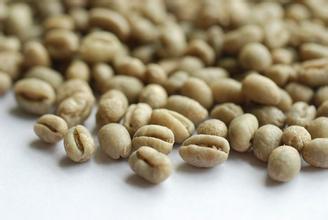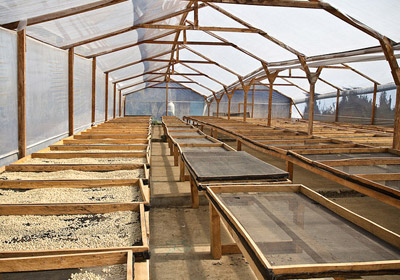The China Coffee Network recommends the washing treatment of Kaddura and Tibica in the Millennium Manor of Colombian coffee beans.
The history of Colombian coffee dates back to 1808. A priest brought coffee to Colombia for the first time from the French Antilles via Venezuela. The suitable climate in Colombia provides a real "natural pasture" for coffee. Since then, coffee trees have taken root in this country. The country has also become the second largest coffee producer after Brazil, the world's largest exporter of Arabica coffee beans and the world's largest exporter of washed coffee beans. Colombian coffee is a representative and excellent variety of Arabica coffee, and it is also a traditional deep-roasted coffee with a strong and memorable taste. Its aroma is rich and thick, with clear high-quality acidity, high balance, sometimes nutty, lingering aftertaste, both in terms of appearance and quality, Colombian coffee is the best. Like a charming and unrestrained woman, just right.
Colombian coffee has a balanced flavor and a smooth taste, just like a gentleman in coffee. He has a wide range of producing areas, such as Medellin, Armenia and Manizales, which are commonly referred to as "MAM".
Monsalot is located in the southwest of the Colombian province of Ulla, and most of its farmers grow on a small scale, treating coffee as a staple agricultural product in exchange for cash. The New Millennium Farmers' Association (Grupo Asociativo Productores del Nuevo Milenio) was set up a few years ago to improve the quality of coffee and expect to sell raw beans at higher prices. In addition, in 2005, the United States Agency for International Development (USAID) launched the Colombian boutique coffee program in the city, introducing American boutique raw bean traders to cooperate with the Millennium Farmers' Association. They sent people to Monsalot to participate in coffee production, and knew that farmers were improving their planting techniques and producing better coffee. In the boutique coffee market, they also provided suggestions on how to position and market.
At present, the New Millennium Peasants' Association has 42 members and can produce about three containers (about 825 bags) of raw coffee beans a year. In order to improve the quality, the New Millennium Peasants' Association continues to recruit new members in Monsalot, hoping to expand the scale of production. In addition, with the assistance of USAID and American traders, they have set up a local cup testing laboratory to teach farmers the method of cup testing, hoping that farmers can pass through the cup to judge the quality of coffee, which will be helpful to coffee production.

Important Notice :
前街咖啡 FrontStreet Coffee has moved to new addredd:
FrontStreet Coffee Address: 315,Donghua East Road,GuangZhou
Tel:020 38364473
- Prev

China Coffee Network recommends Royal Coffee Black Coffee from St. Roman processing Plant in Tarazu, Costa Rica.
The best coffee in Costa Rica seems to come from small processing plants, spread across several major coffee producing areas, including Tarazu and the western valley. This so-called coffee revolution originated 15 years ago and has greatly changed the way bean baking experts and importers think about Costa Rican coffee. Take the processing plant as the center, collect coffee beans from the surrounding small farms for processing, most of these farms are small societies
- Next

Introduction to the origin of boutique coffee-- Guatemalan coffee taste Guatemalan coffee
The extra-hard coffee beans here are full-grained, delicious and balanced, and the pure Guatemala coffee once enjoyed a reputation as the best quality coffee in the world, but its quality also declined for a time. What is gratifying, however, is that its reputation is gradually being restored. In 1750, Father Jesuit introduced the coffee tree to Guatemala and planted it in Germany at the end of the 19th century.
Related
- Does Rose Summer choose Blue, Green or Red? Detailed explanation of Rose Summer Coffee plots and Classification in Panamanian Jade Manor
- What is the difference between the origin, producing area, processing plant, cooperative and manor of coffee beans?
- How fine does the espresso powder fit? how to grind the espresso?
- Sca coffee roasting degree color card coffee roasting degree 8 roasting color values what do you mean?
- The practice of lattes: how to make lattes at home
- Introduction to Indonesian Fine Coffee beans-- Java Coffee producing area of Indonesian Arabica Coffee
- How much will the flavor of light and medium roasted rose summer be expressed? What baking level is rose summer suitable for?
- Introduction to the characteristics of washing, sun-drying or wet-planing coffee commonly used in Mantenin, Indonesia
- Price characteristics of Arabica Coffee Bean Starbucks introduction to Manning Coffee Bean Taste producing area Variety Manor
- What is the authentic Yega flavor? What are the flavor characteristics of the really excellent Yejasuffi coffee beans?

